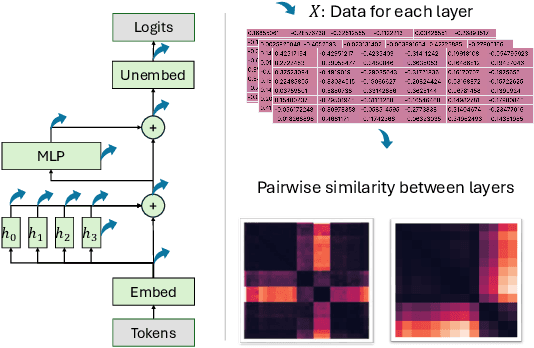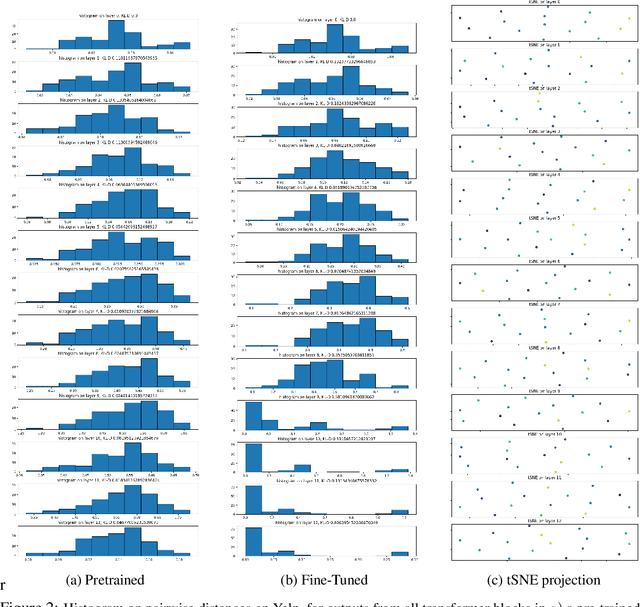Identifying Sub-networks in Neural Networks via Functionally Similar Representations
Paper and Code
Oct 21, 2024



Mechanistic interpretability aims to provide human-understandable insights into the inner workings of neural network models by examining their internals. Existing approaches typically require significant manual effort and prior knowledge, with strategies tailored to specific tasks. In this work, we take a step toward automating the understanding of the network by investigating the existence of distinct sub-networks. Specifically, we explore a novel automated and task-agnostic approach based on the notion of functionally similar representations within neural networks, reducing the need for human intervention. Our method identifies similar and dissimilar layers in the network, revealing potential sub-components. We achieve this by proposing, for the first time to our knowledge, the use of Gromov-Wasserstein distance, which overcomes challenges posed by varying distributions and dimensionalities across intermediate representations, issues that complicate direct layer-to-layer comparisons. Through experiments on algebraic and language tasks, we observe the emergence of sub-groups within neural network layers corresponding to functional abstractions. Additionally, we find that different training strategies influence the positioning of these sub-groups. Our approach offers meaningful insights into the behavior of neural networks with minimal human and computational cost.
 Add to Chrome
Add to Chrome Add to Firefox
Add to Firefox Add to Edge
Add to Edge